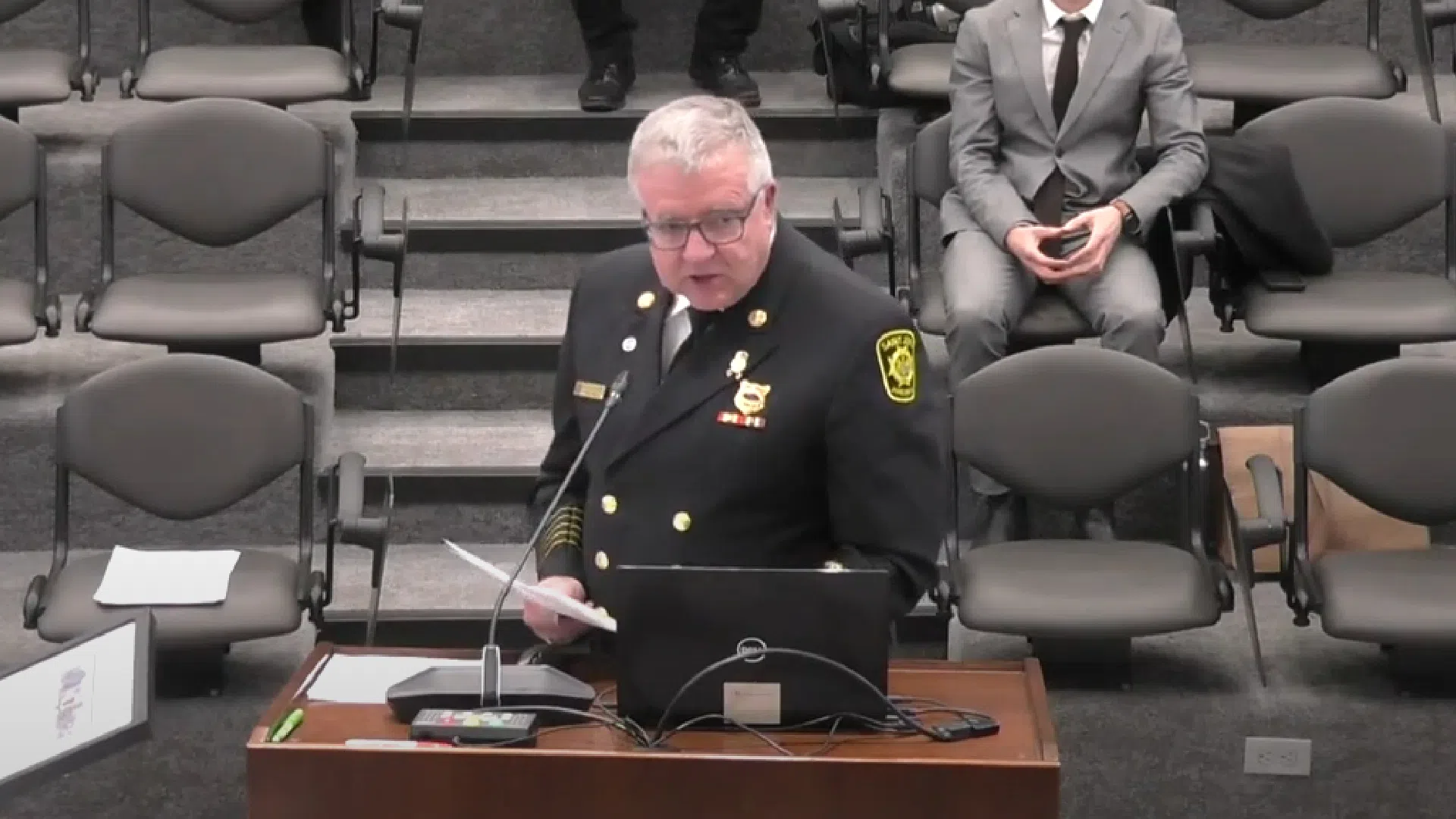An industrial fire at American Iron and Metal could have burned for much longer than it did, according to Saint John’s fire chief.
Kevin Clifford made the comments earlier this week while recognizing community partners who helped extinguish the fire.
Clifford presented certificates to Atlantic Towing, Irving Oil, and the Kennebecasis Valley Fire Department during Tuesday’s council meeting.
“We were there for basically a day and a half. If not for the work for all of us, we could have been there three to six days,” said Clifford.
The blaze started during the early morning hours of Sept. 15 and burned for around 40 hours in total.
Billowing smoke caused air quality concerns and prompted a shelter-in-place advisory for the entire city.
“You can imagine if that event had been allowed to continue for anywhere between three, four, five and six days,” said Clifford.
Two Atlantic Towing vessels, Spitfire III and Atlantic Osprey, provided water from Saint John Harbour to help extinguish the fire.
Clifford said the Atlantic Osprey pumped 16,800 gallons of water a minute onto the fire over an 18-hour period.
“The impact of the Atlantic Osprey was instantaneous,” he said, adding the vessel discharged nearly 15 million gallons of water in total.
The Spitfire III provided water for aerial trucks from the Saint John Fire Department and Irving Oil that were on the scene.
Clifford said that helped to alleviate concerns about Saint John Water infrastructure recognizing the event was going to last for some time.
“We had about two hours of water supply before we were going to be in trouble, so the Spitfire truly helped our community avoid that problem,” he said.
Irving Oil responded with its 100-foot aerial truck along with a dozen 250-gallon totes of fire suppression to help put out the fire.
The aerial truck also contained elevated thermal imaging technology, which Clifford said they used to help identify areas that were still smouldering.
In addition, the company delivered fuel to the fire apparatus that were stationed at the scene.
The Kennebecasis Valley Fire Department’s Tanker 1 was part of a water shuttle operation that helped to transfer water from hydrants located away from the scene.
Clifford said that helped to alleviate concerns around the water infrastructure on the city’s west side, where the recycling facility is located.
“It is estimated that this was the largest water suppression water flow event in the city’s history, so we discharged the largest volume of water in the history of the City of Saint John,” said Clifford.
Without help from their community partners, the chief said they would only have been able to put about 2,500 to 3,500 gallons of water a minute on the fire — much lower than what the Atlantic Osprey alone was providing.





